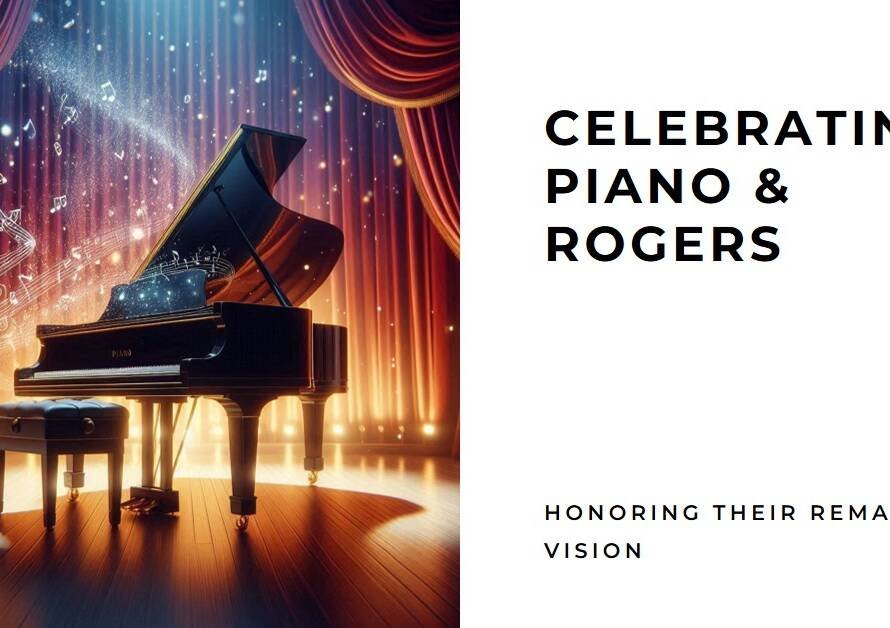
Table of Contents
Architectural visualization styles encompass a wide spectrum of design approaches, aesthetics, and techniques that cater to diverse project requirements, client preferences, and design narratives. This blog post delves into the various architectural visualization styles, highlighting their characteristics, applications, and visual impact in the realm of design and visualization.
1. Classic Architecture Visualization (Architectural Visualization Styles)
Classic architectural visualization style draws inspiration from historical architectural movements such as neoclassicism, Renaissance, Baroque, and Gothic styles. It emphasizes symmetry, ornate detailing, classical proportions, and grandeur in architectural elements such as columns, arches, domes, and facades. Classic visualization styles often feature soft lighting, warm color palettes, intricate textures, and meticulous attention to detail, reflecting timeless elegance and architectural heritage in visual representations. This style is well-suited for heritage conservation projects, historical reconstructions, and designs that evoke a sense of tradition, opulence, and cultural richness.
2. Modernist and Minimalist Visualization
Modernist and minimalist architectural visualization styles embrace simplicity, clean lines, geometric forms, and minimalist aesthetics in design representations. These styles prioritize functionalism, spatial clarity, and minimal ornamentation, focusing on essential elements, open spaces, and geometric compositions. Modernist visualizations often feature neutral color schemes, sleek materials such as glass, steel, and concrete, and a sense of openness that emphasizes spatial relationships and functionality. Minimalist visualizations convey a sense of contemporary elegance, simplicity, and efficiency, making them ideal for modern residential, commercial, and institutional projects seeking a clean, uncluttered visual language.
3. Futuristic and Sci-Fi Visualization
Futuristic and sci-fi architectural visualization styles push the boundaries of imagination, envisioning bold, innovative designs inspired by speculative futures, science fiction narratives, and cutting-edge technologies. These styles incorporate sleek, futuristic forms, high-tech materials, digital interfaces, and dynamic lighting effects to create immersive visual experiences that transport viewers into visionary worlds. Futuristic visualizations often feature dramatic lighting contrasts, futuristic materials like holographic surfaces, interactive elements, and surreal environments that blend realism with fantasy, making them ideal for sci-fi themed projects, concept designs, and speculative urban futures.
4. Organic and Biophilic Visualization
Organic and biophilic architectural visualization styles embrace natural forms, biomimicry principles, and connections with the natural environment to create harmonious, sustainable design representations. These styles integrate organic shapes, natural materials, greenery, and natural light strategies to evoke a sense of tranquility, wellness, and connection to nature within architectural spaces. Organic visualizations prioritize visual elements such as flowing curves, natural textures, plant life, water features, and daylight simulations that promote biophilic design principles and environmental sustainability. This style resonates with projects focusing on wellness centers, eco-friendly designs, sustainable architecture, and nature-inspired living environments.
5. Industrial and Urban Visualization
Industrial and urban architectural visualization styles draw inspiration from urban landscapes, industrial aesthetics, and post-industrial environments to create gritty, edgy design representations. These styles showcase raw materials, exposed structures, urban decay elements, and industrial motifs such as metal textures, concrete surfaces, rusted finishes, and urban graffiti. Industrial visualizations often feature harsh lighting, urban landscapes, industrial machinery, and a sense of urban grittiness that captures the essence of urban life, industrial heritage, and adaptive reuse projects in urban contexts.
6. Fantasy and Imaginative Visualization
Fantasy and imaginative architectural visualization styles unleash creative freedom and imaginative storytelling, envisioning fantastical worlds, mythical realms, and imaginative architectures beyond conventional norms. These styles blend elements of fantasy, mythology, surrealism, and dreamscapes to create whimsical, otherworldly designs that defy reality and embrace creative exploration. Fantasy visualizations may feature magical landscapes, mythical creatures, imaginative structures, fantastical lighting effects, and narrative-driven scenarios that ignite imagination, spark curiosity, and evoke emotional responses, making them ideal for fantasy-themed entertainment venues, theme parks, and creative installations.
7. Contemporary and High-Tech Visualization
Contemporary and high-tech architectural visualization styles embody the spirit of modernity, innovation, and technological advancement in design representations. These styles showcase sleek, cutting-edge designs, high-tech materials, digital interfaces, smart technologies, and sustainable features that define contemporary architecture and urban living. Contemporary visualizations often feature dynamic lighting schemes, glass facades, interactive elements, energy-efficient systems, and digital simulations that highlight design functionality, sustainability initiatives, and user-centric experiences in modern built environments.
8. Retro and Nostalgic Visualization
Retro and nostalgic architectural visualization styles evoke nostalgia, vintage charm, and historical references in design representations, drawing inspiration from past eras, retro aesthetics, and cultural influences. These styles recreate nostalgic atmospheres, retro-futuristic designs, mid-century modern aesthetics, and vintage elements such as retro signage, classic cars, neon lights, and period-specific decor. Retro visualizations use color palettes, textures, and design motifs from specific eras to evoke a sense of nostalgia, cultural identity, and emotional connections, making them ideal for retro-themed venues, historical recreations, and heritage-inspired projects.
9. Cultural and Regional Visualization
Cultural and regional architectural visualization styles celebrate cultural diversity, local heritage, and regional aesthetics through design representations that reflect cultural narratives, traditions, and architectural vernaculars. These styles incorporate indigenous materials, cultural motifs, traditional craftsmanship, and regional design elements that resonate with local contexts and cultural identities. Cultural visualizations showcase diverse architectural styles, historical references, cultural symbolism, and regional landscapes, fostering appreciation for cultural heritage, identity preservation, and inclusive design approaches in global architectural practices.
10. Hybrid and Cross-Genre Visualization


Hybrid and cross-genre architectural visualization styles blend elements from multiple styles, genres, and design paradigms to create unique, hybridized visual expressions that defy categorization. These styles combine aspects of classic and modern, futuristic and historical, natural and industrial, or fantasy and reality to create visually compelling and conceptually rich design representations. Hybrid visualizations embrace creative experimentation, innovative juxtapositions, and boundary-pushing design narratives, offering fresh perspectives, design explorations, and artistic interpretations that challenge conventions and inspire creative dialogue within the architectural visualization community.


